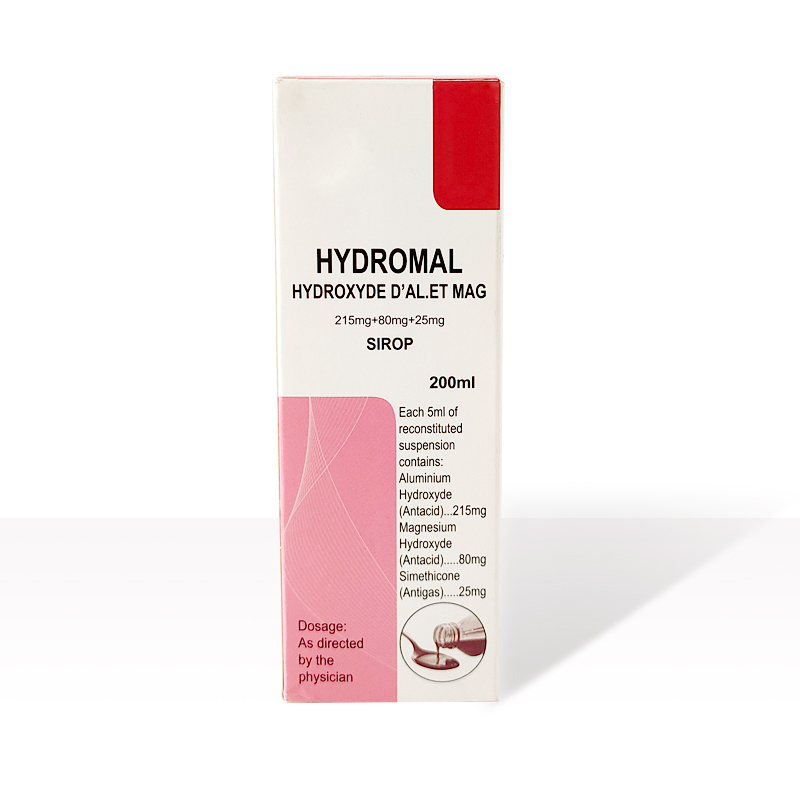
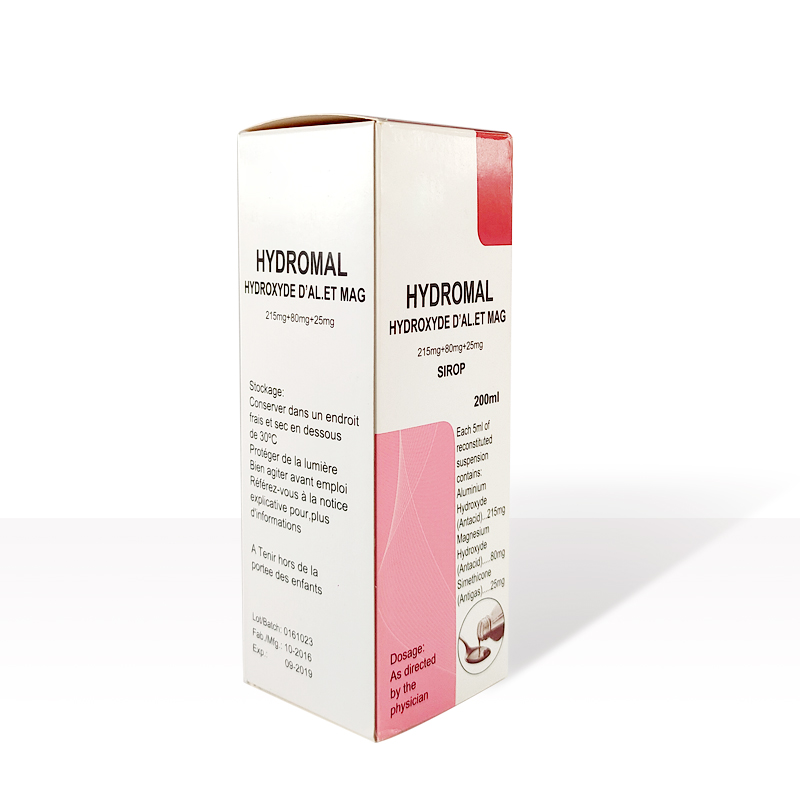
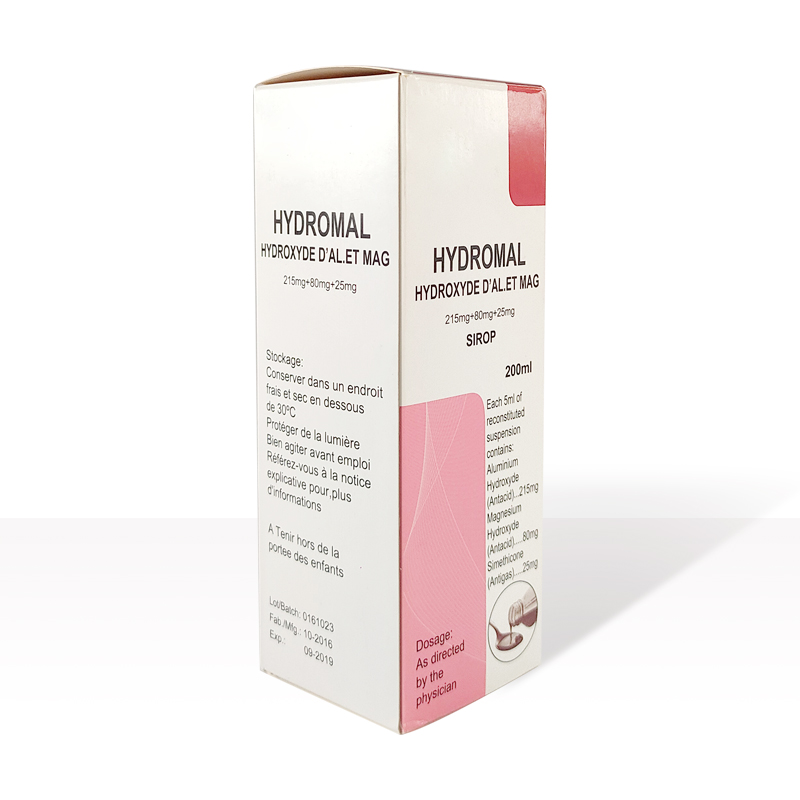
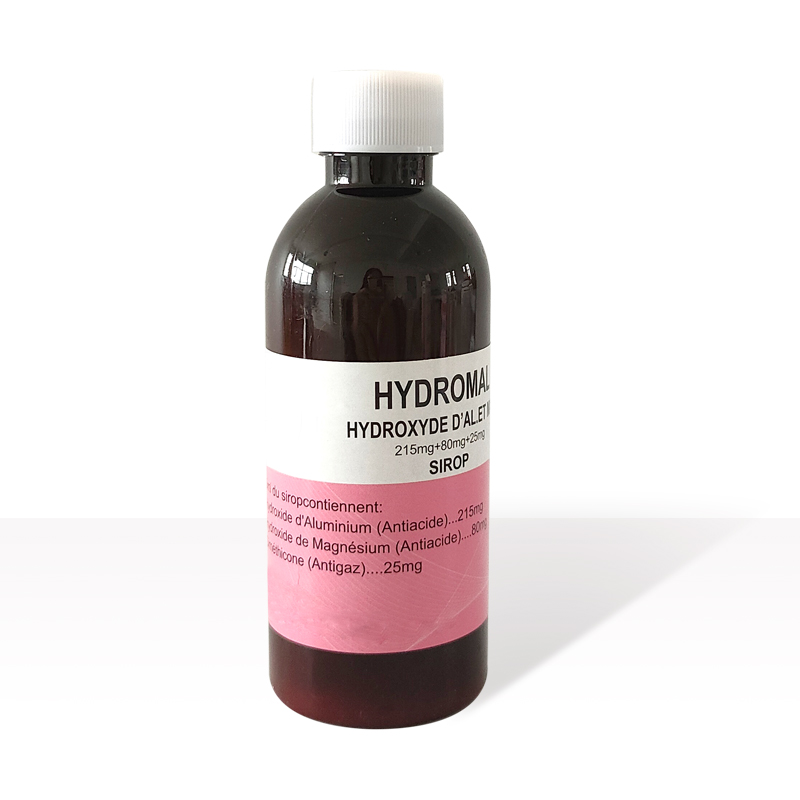

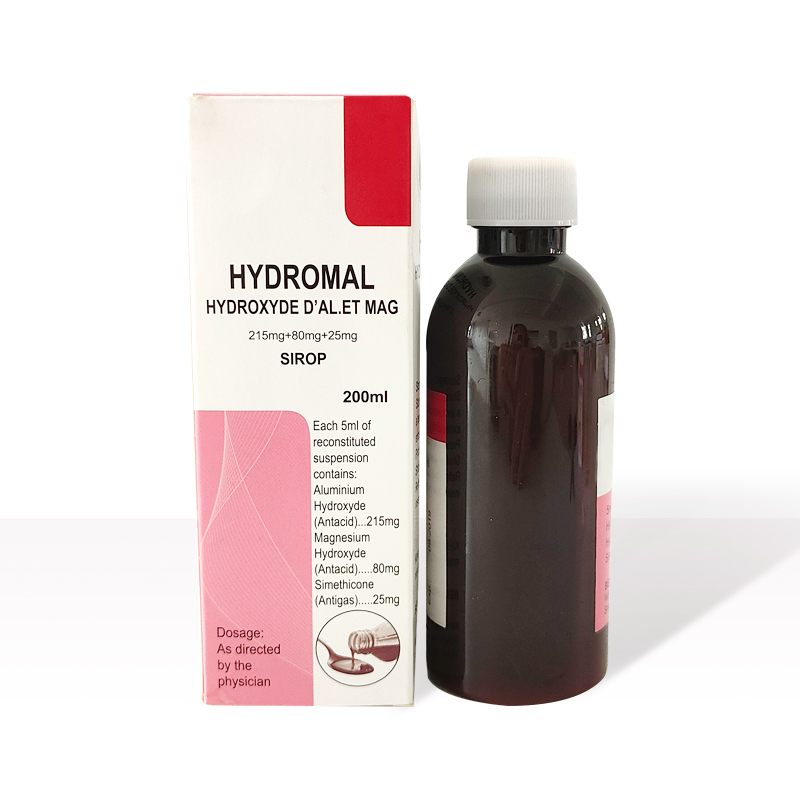
Mechanism of Action
Metoclopramide injection is a dopamine D2 receptor antagonist. Its primary mechanisms of action include:
- Enhanced Gastrointestinal Motility: By blocking dopamine D2 receptors in the gastrointestinal tract, metoclopramide increases motility in the stomach and duodenum, facilitating gastric emptying and relieving symptoms of gastroparesis and gastroesophageal reflux disease (GERD).
- Anti-emetic Effect: Metoclopramide acts on the dopamine receptors in the chemoreceptor trigger zone (CTZ) in the brainstem, inhibiting the vomiting reflex. This makes it effective in relieving nausea and vomiting caused by chemotherapy, radiotherapy, and postoperative conditions.
Applications
Metoclopramide injection is widely used for the following conditions:
- Nausea and Vomiting: It is used to prevent and treat nausea and vomiting associated with chemotherapy, radiotherapy, surgery, and other causes.
- Gastroesophageal Reflux Disease (GERD): It helps relieve symptoms of GERD by promoting gastric emptying and reducing gastric acid reflux.
- Gastroparesis: It is effective in managing symptoms of diabetic gastroparesis and other conditions where delayed gastric emptying is a problem.
- Diagnostic and Procedural Aid: It is used to facilitate diagnostic procedures such as esophagogastroduodenoscopy (EGD) and to enhance the effectiveness of gastrointestinal barium studies.
Dosage and Administration
The dosage of metoclopramide injection varies depending on the indication and patient characteristics. General guidelines include:
- Adults:Nausea and Vomiting: 10 mg (1 mL) administered intravenously or intramuscularly every 4 to 6 hours as needed. The maximum daily dose is 40 mg.Gastroparesis and GERD: 10 mg (1 mL) administered intravenously or intramuscularly every 4 to 6 hours. The total daily dose should not exceed 30 mg.Preoperative and Postoperative Use: 10 mg (1 mL) administered intravenously or intramuscularly 30 to 60 minutes before surgery or as needed postoperatively.
- Children:The dosage is based on body weight and age. Typically, 0.1 to 0.2 mg/kg (up to a maximum of 10 mg) can be administered intravenously or intramuscularly every 4 to 6 hours as needed.
- Administration Instructions:
- Metoclopramide injection should be administered slowly, especially when given intravenously, to avoid adverse effects.
- It is important to monitor patients for signs of extrapyramidal symptoms, particularly with prolonged use.
- The injection should be administered by a healthcare professional in a clinical setting.
Storage
Metoclopramide injection should be stored at room temperature, typically between 15°C and 30°C (59°F to 86°F). The vials should be protected from light and kept in a dry place. Ensure that the medication is stored out of reach of children to prevent accidental ingestion.

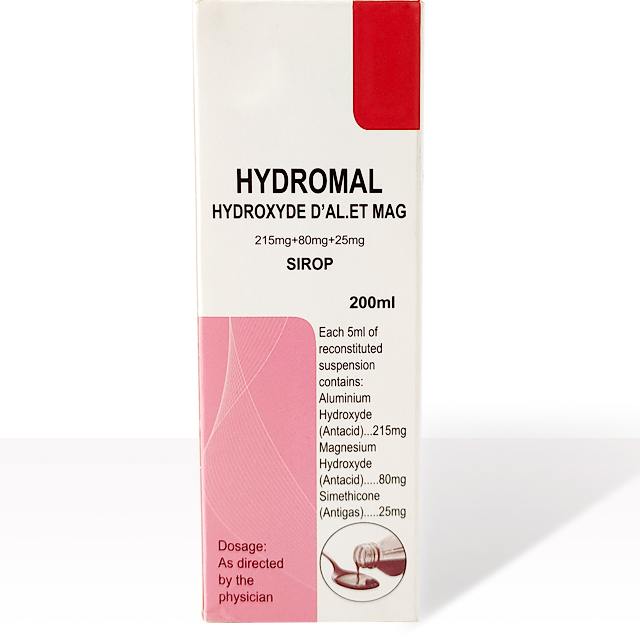








 2006-2025 上海博華國(guó)際展覽有限公司版權(quán)所有(保留一切權(quán)利)
滬ICP備05034851號(hào)-57
2006-2025 上海博華國(guó)際展覽有限公司版權(quán)所有(保留一切權(quán)利)
滬ICP備05034851號(hào)-57